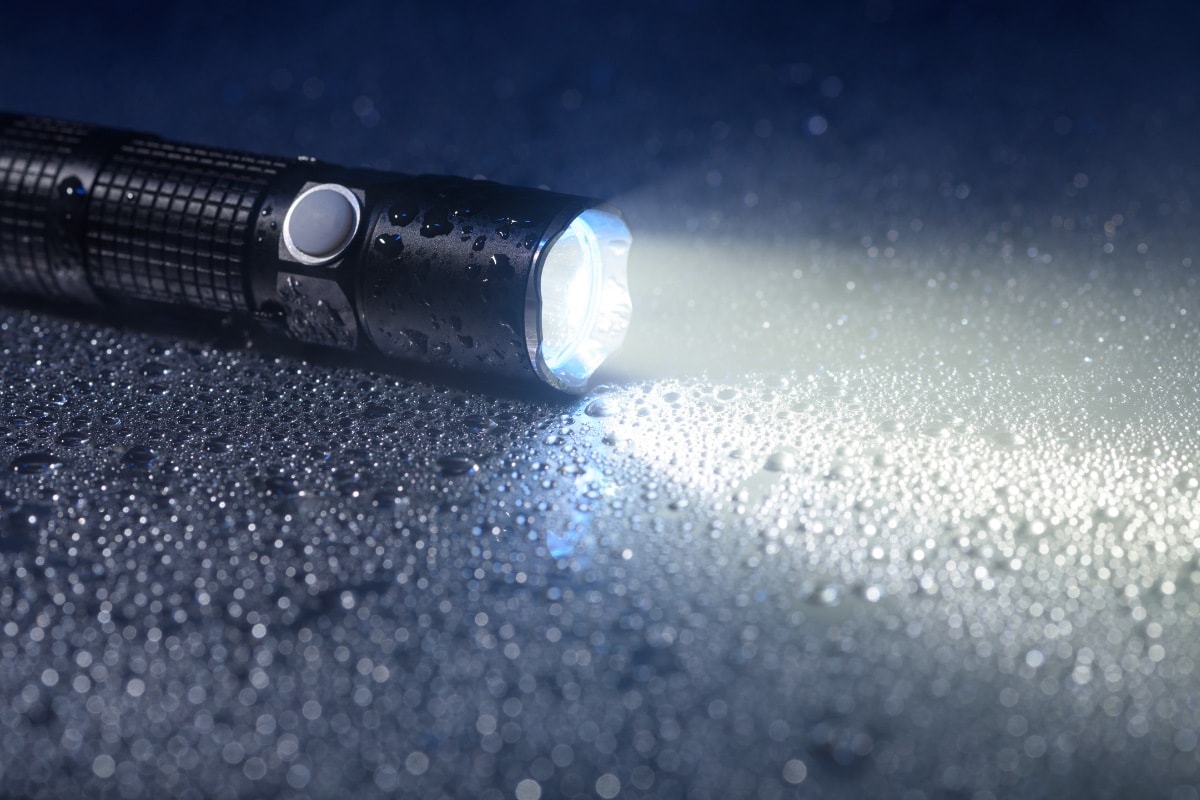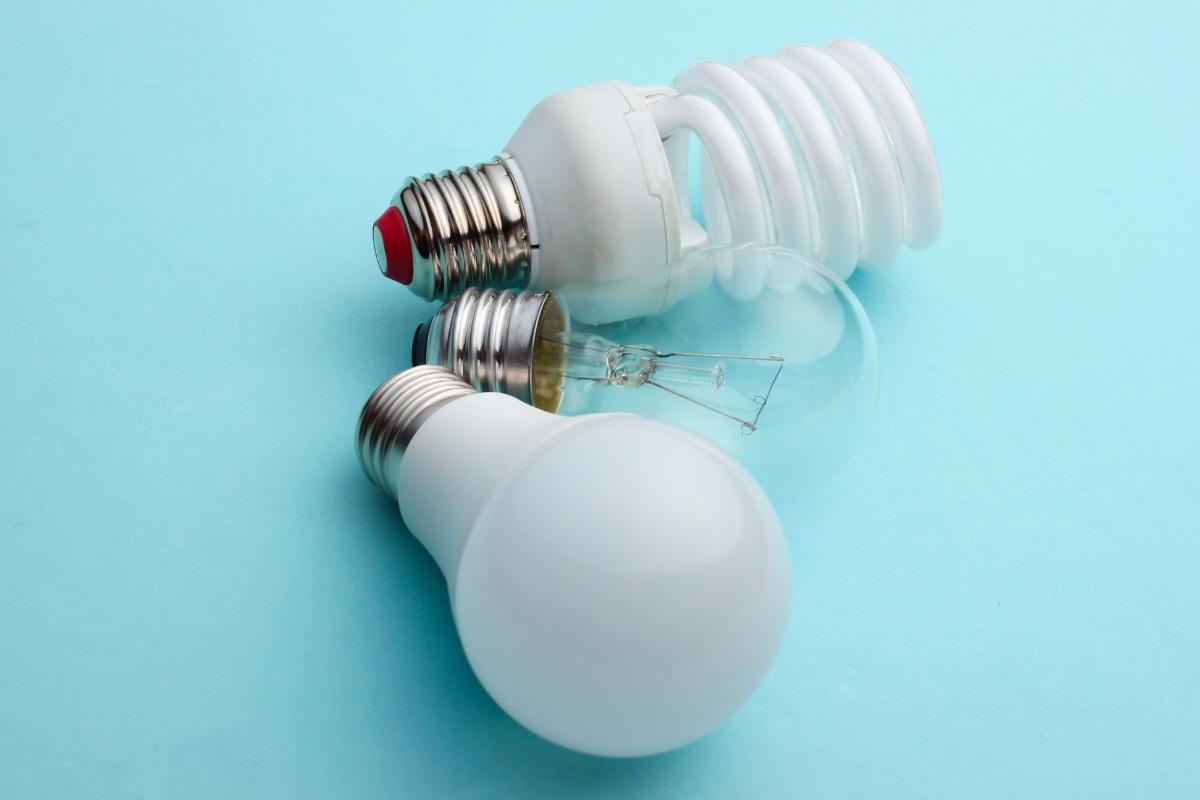How bright is 800 lumens? Is 800 lumens bright enough for my lighting application? We often see lighting manufacturers indicate the brightness of bulbs and lights with lumens. It can be difficult for us to find the ideal indoor and outdoor lighting if we don’t know what lumens are and how it impacts brightness.
In this article, we will talk about the relationship between lumens and brightness and how 800 lumens look like with real-life examples to help you choose the ideal lumens that can meet your demand for various applications.
Lumens vs Brightness
Lumens measure the total amount of visible light emitted by a light source in all directions with the unit lumen(lm). For example, a 1600 lumens bulb will output more light than a 450 lumens bulb. In contrast, brightness is the subjective perception of the intensity of light to human eyes. We can tell whether the light bulb or the room is bright or dim, but we cannot quantify it by saying how much brightness it has.
Lumens are easy to understand. To understand brightness, we would like to introduce two other concepts with an example. Imagine you are using a desk lamp with an 800 lumens light bulb to illuminate your working table.
- Lumens is the total amount of light emitted by the light bulb in all directions. No matter where you use the 800 lumens light bulb, it always outputs the same 800 lumens light.
- Luminance is the amount of light emitted by the light bulb per unit area in a given direction. In this example, luminance is the light emitted from the bulb in the lamp holder of the desk lamp.
- Illuminance is the amount of light incident on a surface per unit area. In this example, illuminance is the amount of light in the area of the table that was lit up by the lamp.
Brightness is actually the term for the subjective impression of luminance, as it measures the intensity of light that can be detected by the human eye. Thus luminance is an indicator of how bright is the light source. Illuminance is how well the surface is lit, but it was also formerly often called brightness. The three terms luminance, illuminance, and brightness are often used interchangeably. For example, we would feel like saying my lamp is bright or my bedroom is bright, but we are practically talking about either luminance or illuminance.
But if you have ever bought a light bulb or a lamp, you have probably seen the lighting facts label on the package or product descriptions which use lumens as a measure of brightness. This is because the FTC required the light output(lumens) of general service lamps to be expressed as brightness. Only in the context of general service lamps, the brightness refers to lumens.
This is why there is so much confusion about brightness that many customers may assume brightness means lumens and others might think brightness means luminance or illuminance. Among all three aspects of lighting, only lumens are directly comparable while you need additional information to calculate the luminance or illuminance. So if you must ask, how bright is an 800 lumens bulb? It is 800 lumens bright.
How Many Watts Is 800 Lumens
If you like to convert lumens to watts to compare brightness by the equivalent wattage among standard bulb types, 800 lumens is approximately equivalent to a 60-75 w incandescent, or 7-10 w LED bulb. Because every bulb has different luminous efficacy, which means the lighting efficiency that measures how much lumens a bulb can emit per watt, the equivalent watts can vary by product and often fall in a range.
Though watt is a measure of power and not accurate for comparing brightness, it can still be somehow useful in some cases. For example, watts can be helpful when you want to replace an old incandescent bulb but only know its watts. Then you can choose a LED or CFL bulb with equivalent watts same as the incandescent bulb so the brightness can be the same or similar.
How Bright Is 800 Lumens
As discussed above, 800 lumens is 800 lumens bright or approximately as bright as a 60-75 w incandescent, or 7-10 w LED bulb. To help you better understand how bright 800 lumens look like, here are some 800 lumens examples for your reference.
Wall Lanterns
A great 800 lumens LED wall lantern to make your patio look beautiful, warm, and modern.
Solar Pathway Spot Lights
This 800 lumens solar pathway light gives off a soft glow light to light up your garden and pathway at night. It also has a low and high light setting.
Outdoor Security Flood Lights
This 800 lumens outdoor motion sensor security floodlight is good enough to illuminate the dark spots of your yard and sheds.
headlamps“>Headlamps
This 800 lumens headlamp has 3 brightness settings and is great for spotting and catching nocturnal animals on your property.
LED Bulbs
The 800 lumens bulbs are very bright and can definitely light up a room. These A19 bulbs have no warm-up time. When you flip the switch, they light up instantly with a full 800 lumens of brightness and a stable daylight color.
Flashlights
The Fenix flashlight can produce an 800 lumens max cool light for daily use. This compact penlight can reach up to 234 yards of beam throw.
Bike Lights
The 800 lumens bike headlight model delivers a level of brightness to be perfect for riding around in the city at night. 800 lumen can be as bright as you will ever need.
Is 800 Lumens Bright
It’s not accurate to say if 800 lumens is bright or not without knowing where and how the light source is used. But roughly speaking, 800 lumens is very bright for outdoor solar lights for both decoration and illumination and indoor LED lights. Narrow beam lights can be very bright, such as headlamps, flashlights, and bike lights.
Is 800 Lumens Bright Enough for LED Lights
It depends on what kind of LED lights you are using and where you use them. Like the example above, an 800 lumens LED bulb can light up a medium-sized room easily.
Is 800 Lumens Bright Enough for Flashlights
It depends on what kind of flashlights you are using. 800 lumens penlights or pocket flashlights are bright enough for all situations. If you need to buy a standard, powerful flashlight, you need at least thousands of lumens.
How Many Lumens Do I Need
How many lumens you need for a space depends on the recommended illuminance value and the size of the area. As mentioned before, illuminance measures how well the surface is lit with the unit lux. The difference between lux and lumens is that lux takes size into consideration that measures how much light is spread over a given area, whereas lumens do not. It’s like you cannot use the same bulb to light up a small room and a large room and expect the same brightness. Another factor to take into account is the purpose of the room as each room requires different levels of light. For instance, the bedroom should be dimmer and the bathroom should be brighter.
Illuminance can be measured in both lux(lumens per square meter) or foot-candle(lumens per square foot). In the US, foot-candle is normally used, and in the rest of the world, lux is used. You can convert lux to foot-candle with 1 lux = 0.09 foot-candle, or foot-candle to lux with 1 foot-candle = 10.76 lux or roughly use a 10:1 ratio.
The Illuminating Engineering Society(IES) and most lighting designers would use foot-candle to measure the recommended light levels to ensure adequate illumination. You can measure the square feet of the room and multiply it with the recommended foot-candle to calculate how many lumens you need for that space. It’s the same calculation with lux. Either convert lux to foot-candle or measure the space in square meters.
Besides lumens, another critical factor for perfect lighting is the color temperature, which is measured in Kelvin(K). Color temperature measures how warm or cool the light looks. The white light looks warmer and more yellow with lower color temperature and looks cooler and more blue with higher color temperature. An example is that 2700K is a typical warm white color while 4000K is a typical cool white color. Choosing the proper color temperature can help create the ideal atmosphere and lighting design you desire.
If you are looking for lumens needed for narrow-beamed spotlights and flashlights, you should look for candlepower instead of lumens because lumens measure the light output in all directions, whereas candlepower measures the light output in one direction, which is more accurate for measuring narrow-beamed lights.
















